Introduction
Red Teaming is a buzzword these days: too many organizations jump straight into engagements without attempting to answer the real question of what they are trying to achieve. An ill-scoped red team engagement is much like practicing the wrong fire drill: they make a good deal of noise, consume budget, and do not prepare you with respect to real threats.
This guide is intended to show you how to set clear, business-aligned objectives for Red Teaming. You will get to learn the importance of scoping, how to tie technical tests to executive priorities, and what errors to avoid. By the time you finish, you will know how to make Red Teaming a strategic investment and not merely a technical test.
Why Defining Red Team Objectives Matters
Red Teaming is powerful—but without alignment, its value plummets. Here’s why clear objectives are essential:
- Business relevance: Executives need outcomes that speak to risk reduction, not just vulnerabilities.
- Budget justification: Well-scoped objectives make it easier to show ROI and secure ongoing funding.
- Operational focus: Clear goals ensure engagements test the right assets, threats, and people.
- Actionable outcomes: Objectives tied to risks translate into measurable improvements, not abstract reports.
Without objectives, Red Teaming risks becoming a “cool exercise” that fails to move the security needle.

The Core Categories of Red Team Objectives
Every organization’s risks are unique, but most red team goals fall into these categories:
1. Testing Security Controls
Are your existing defenses covering you? Check out testing end-point detection, SIEM alerts, or EDR bypasses.
2. Validating Incident Response
Even the best tools fail if your team doesn’t respond effectively. Objectives may include measuring mean time to detect (MTTD) and mean time to respond (MTTR) during simulated attacks.
3. Measuring Business Impact
How quickly could an attacker get to your most crown jewels, such as sensitive customer data, intellectual property, and financial systems? This category’s objectives evaluate possible harm in practical terms.
4. Human Factor Testing
Social engineering, vishing, and phishing continue to be the most common attack methods. Tests of physical access controls, insider threat resilience, and employee awareness could be among the objectives.
5. Strategic Alignment
In the end, goals ought to be connected to the board’s priorities and enterprise risk management. Objectives should mimic ransomware-style attacks if ransomware is the main worry.
Mapping Objectives to Business Risks
The best red team objectives start with business risks, not technical wish lists. Here’s a practical framework:
- Identify critical assets
Processes, systems, and data that are most important to revenue and operations. - Define threat scenarios
What adversaries are most likely to target you? Nation-states? Cybercriminals? Insiders? - Link objectives to scenarios
Example: “Assess if attackers can pivot from a phishing foothold to compromise ERP systems.” - Prioritize based on risk appetite
Which risks are unacceptable? Which are tolerable?
Create a simple matrix: Risk → Threat Scenario → Red Team Objective → Success Metric.
Common Mistakes When Setting Red Team Objectives
Too many engagements fall short because objectives are:
- Too broad: “Find all vulnerabilities” is unachievable and unfocused.
- Too technical: Exploit lists without explaining business impact.
- Misaligned: Testing endpoints when real risk is cloud identity.
- Ignored by leadership: Objectives created without executive input often fail to gain traction.
The result? A technical report that gathers dust instead of influencing strategy.
Case Study: Aligning Objectives with Business Risks
A healthcare provider approached Bluefire Redteam for a “standard red team.” Their initial goal was broad: “Test our defenses.”
After a discovery workshop, we reframed the objective:
“Can hackers use hacked third-party vendor accounts to access protected health data?”
This targeted objective:
- Mapped directly related to board-level risk concerns and HIPAA compliance.
- Modelled a supply chain compromise, a real-world threat vector.
- Produced actionable results: vendor policy overhauls, MFA expansion, and stricter access reviews.
Outcome: The board gained confidence in the security program, and the CISO secured budget for further resilience initiatives.
The CISO’s Red Team Objective Checklist
Before greenlighting a Red Team engagement, ensure your objectives:
- Tie directly to high-priority business risks.
- Address both technical and human attack surfaces.
- Include measurable outcomes (MTTD, MTTR, % exposure reduced).
- Fit within your budget and timeline realistically.
- Deliver insights that executives can act upon immediately.
Turning Objectives into Executive-Ready Outcomes
A successful red team doesn’t just deliver findings—it tells a story executives can understand:
- Translate technical findings into business impact (e.g., “This vulnerability could expose customer data → potential $10M regulatory fine”).
- Show how objectives tested resilience against real threats.
- Provide prioritized, ROI-driven recommendations.
- Demonstrate how outcomes improve resilience, not just compliance.
Frequently Asked Questions - Defining Red Teaming Objectives
- How do you define effective red team objectives?Start with your top risks, then create objectives that test if those risks can be exploited in practice.
- What’s the difference between red team objectives and penetration testing objectives?Pen tests focus on vulnerabilities; red team objectives measure resilience, detection, and business impact.
- Should executives be involved in setting objectives?Yes. Without executive buy-in, findings may lack business relevance and fail to secure further investment.
Conclusion
The goals that motivate red teaming determine how successful it is. When properly scoped, it transforms from a technical exercise into a strategic tool that promotes resilience. You can test what really matters, provide value to the board, and fortify your organisation against real-world threats by setting clear, business-aligned goals.
At Bluefire Redteam, we specialize in designing engagements that map directly to your business risks and security goals. Our team ensures every red team objective leads to actionable, executive-ready outcomes.
Schedule a consultation with Bluefire Redteam today to define red team objectives that maximize impact, reduce risk, and align with your organization’s strategic vision.


